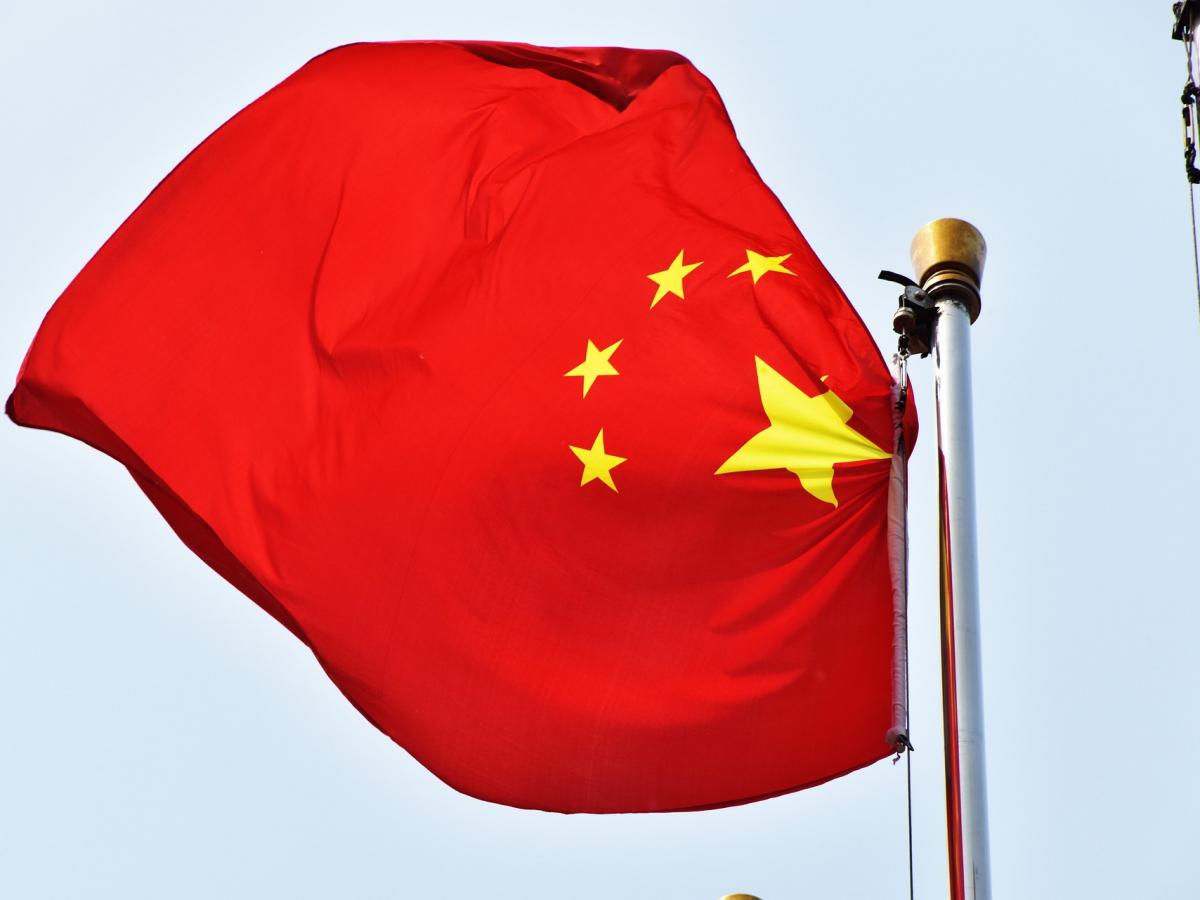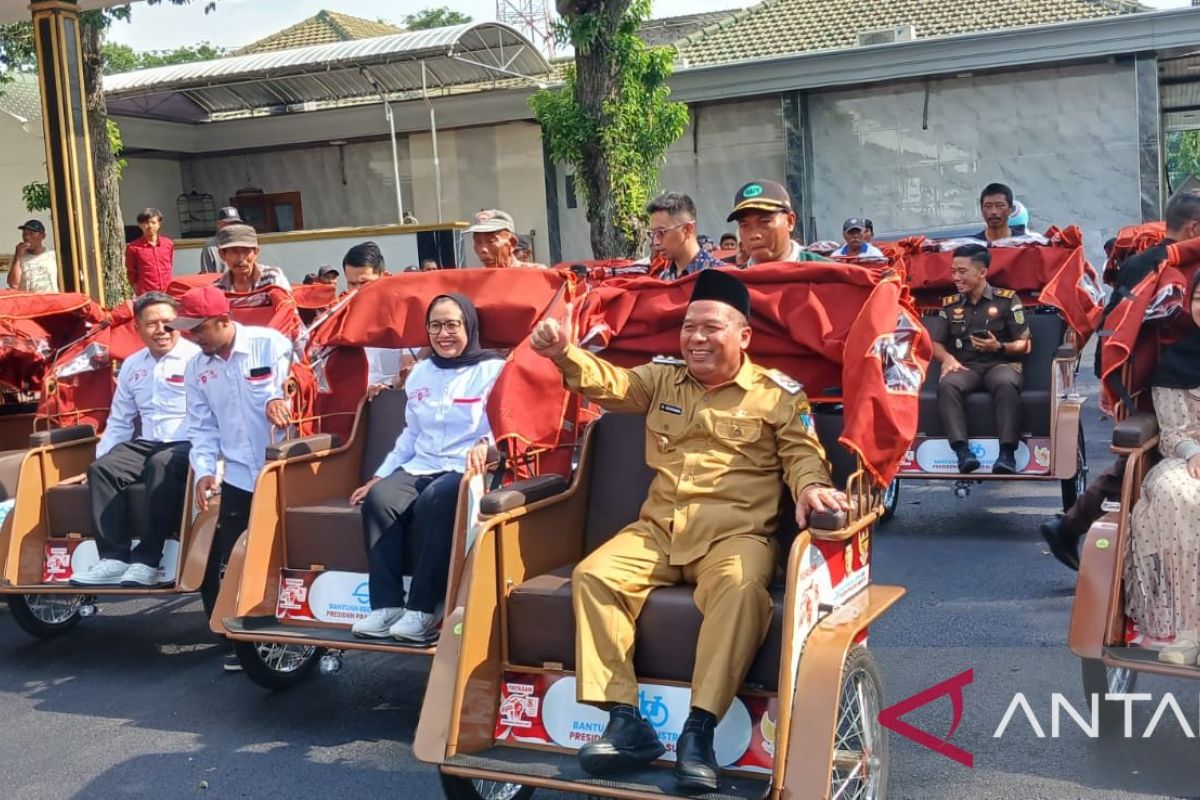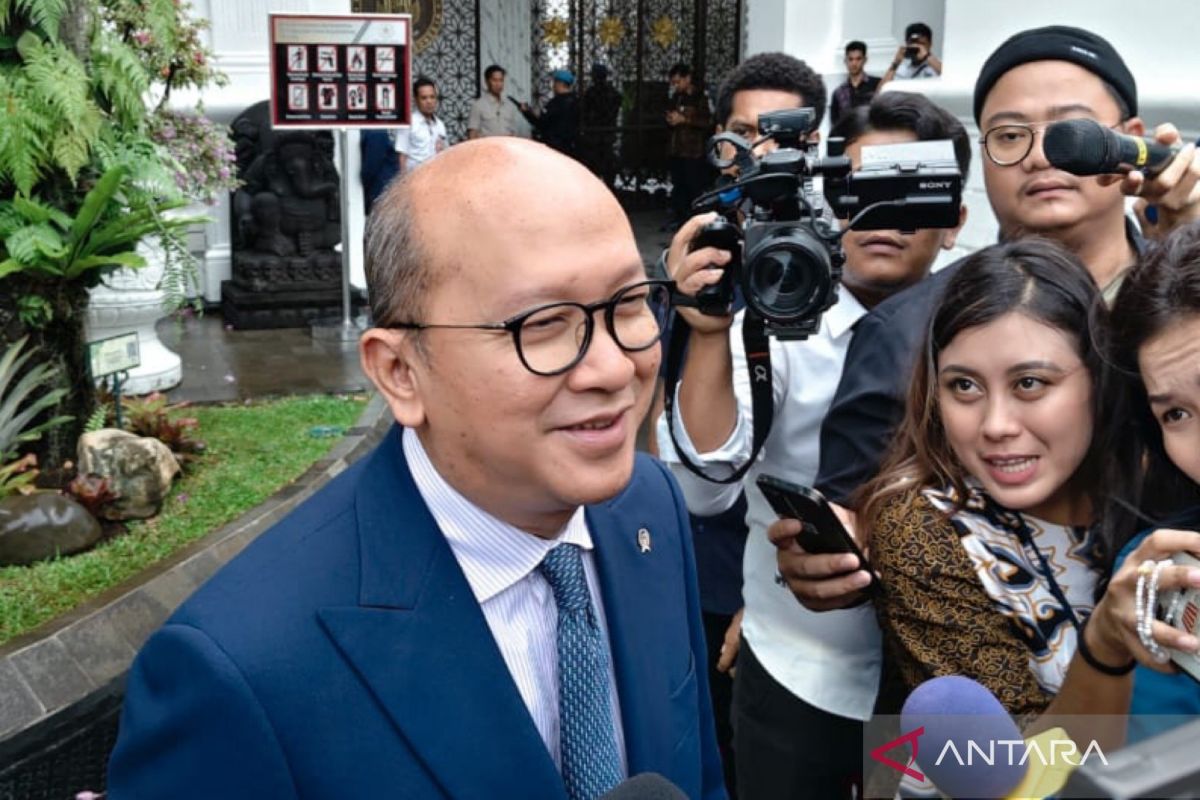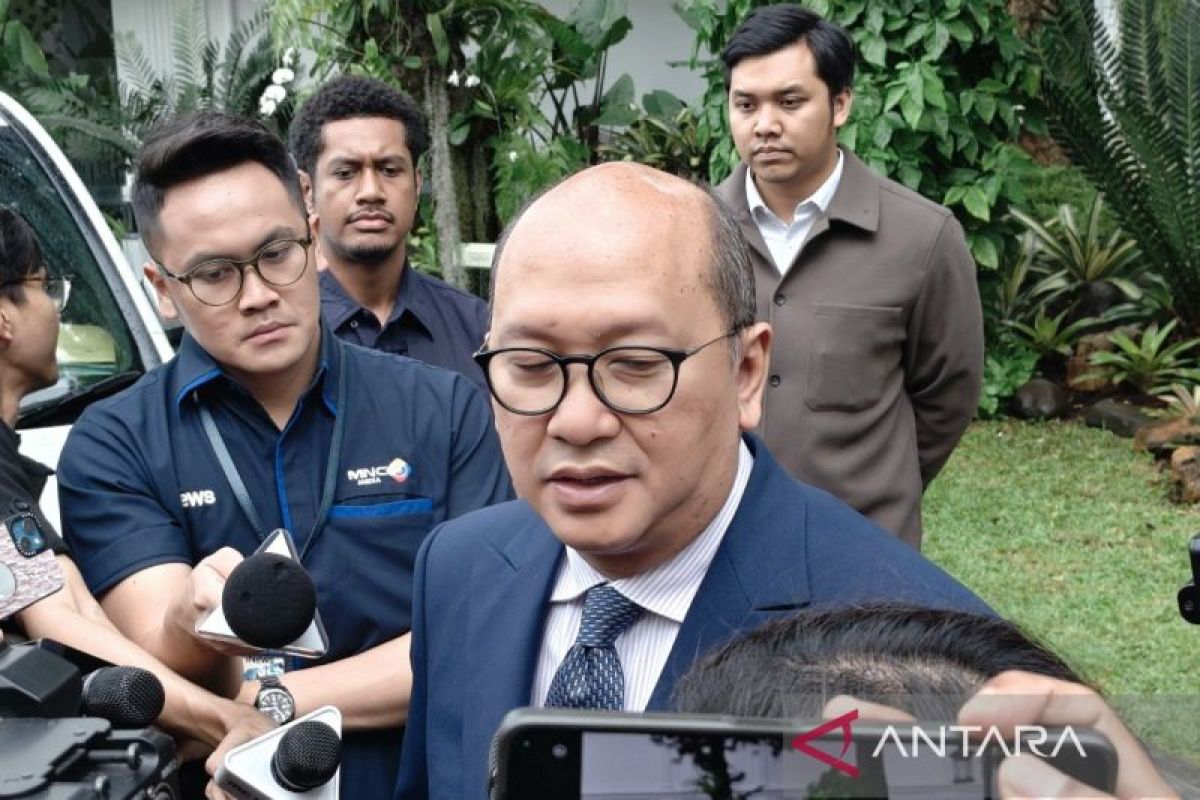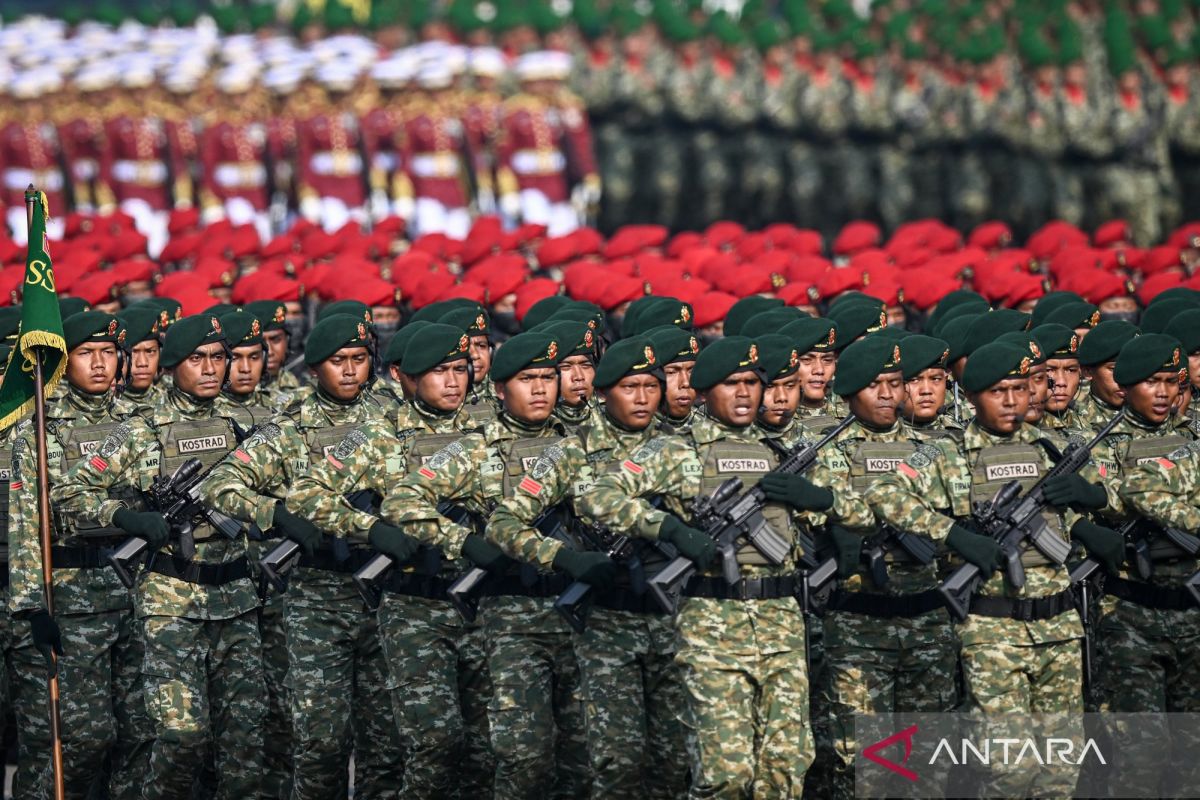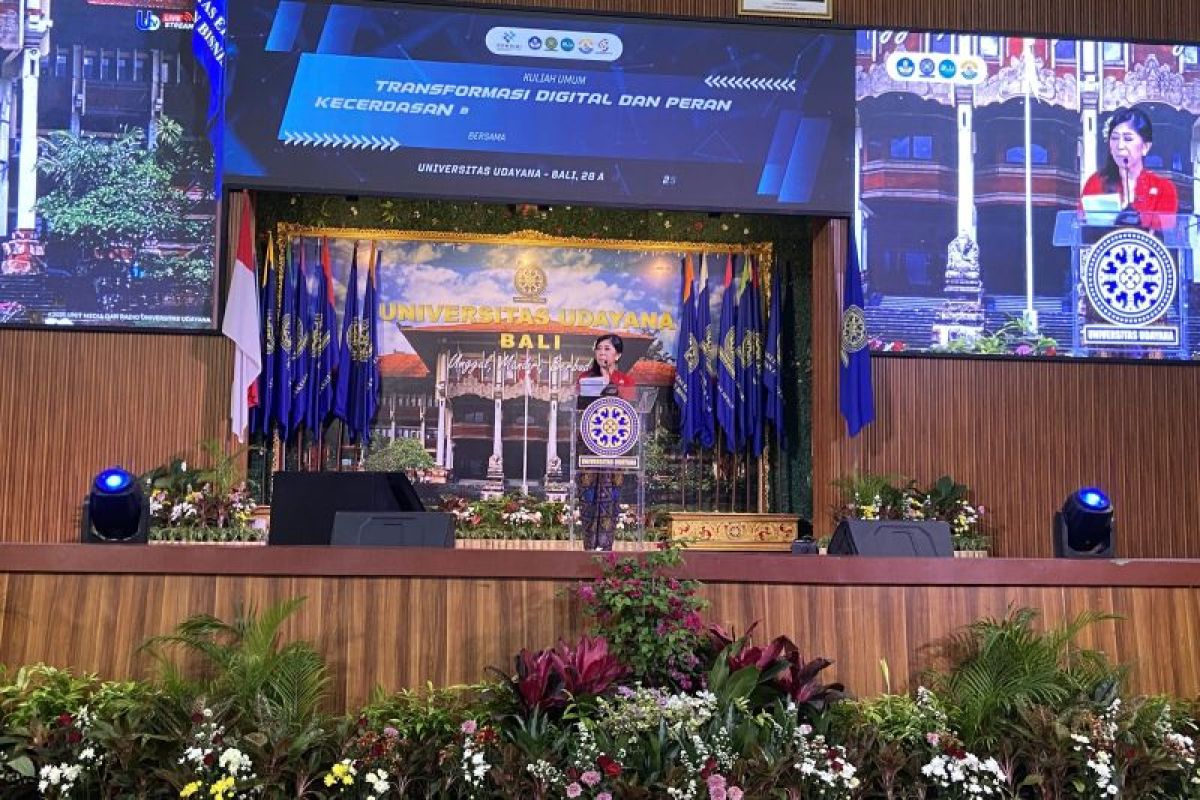More than 20 foreign leaders will take part in China’s commemorations of the 80th anniversary of the end of World War II, according to Xinhua citing the Chinese Ministry of Foreign Affairs. The commemorations will include a large-scale military parade on Tiananmen Square in Beijing.
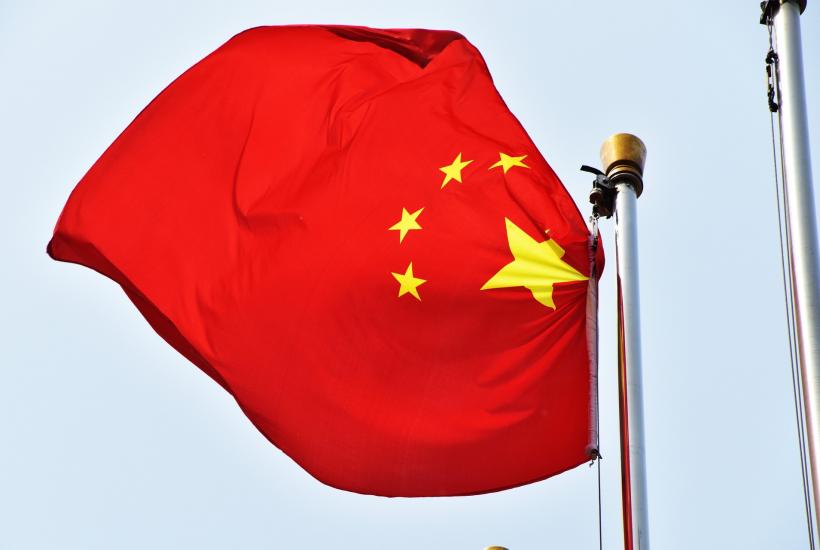
Photo: pixabay.com by PPPSDavid is licensed under Free for use under the Pixabay Content License
Chinese flag
Among the participants are:
- Russian President Vladimir Putin,
- North Korean leader Kim Jong Un,
- Belarusian President Alexander Lukashenko,
- Azerbaijani President Ilham Aliyev,
- Armenian Prime Minister Nikol Pashinyan,
- Kazakh President Kassym-Jomart Tokayev,
- and Iranian President Masoud Pezeshkian.
Leaders from Asia and Beyond Expected in Beijing
China will also welcome the heads of Uzbekistan, Kyrgyzstan, Turkmenistan, Tajikistan, Indonesia, Malaysia, Vietnam, Laos, Cambodia, Mongolia, the Maldives, Cuba, and Pakistan. Serbian President Aleksandar Vučić is also expected to attend. However, no Western leaders are anticipated to participate in the commemorations.
Beijing Parade and Putin’s Visit
The military parade marking Japan’s surrender and the end of World War II will take place on September 3 at Tiananmen Square. Xinhua reported that the Chinese Air Force will demonstrate several types of fighter jets, including their upgraded models.
President Vladimir Putin’s official visit to China will last from August 31 to September 3. During this time, the Russian leader will also attend the Shanghai Cooperation Organization (SCO) summit, scheduled to take place in Tianjin from August 31 to September 1.
Japan’s capitulation in World War II came on August 15, 1945, when Emperor Hirohito announced Japan’s surrender following the devastating atomic bombings of Hiroshima and Nagasaki and the Soviet Union’s entry into the war against Japan. This marked the first time the Japanese people had ever heard the emperor’s voice, as he declared the need to “endure the unendurable” to save the nation from further destruction. The formal signing of the surrender took place on September 2, 1945, aboard the USS Missouri in Tokyo Bay, officially bringing World War II to an end.
China marks Japan’s capitulation in World War II with large military parades as both a remembrance of past suffering and a demonstration of present strength. The Japanese invasion brought immense devastation to China, including atrocities like the Nanjing Massacre, and the 1945 surrender symbolizes the nation’s liberation and resilience.
The commemorations also highlight China’s role as a major Allied power, reminding the world that it fought Japan for eight years and bore heavy sacrifices in the struggle against fascism. By staging grand parades with foreign leaders in attendance, Beijing combines historical remembrance with modern geopolitical messaging, projecting unity, patriotism, and its emergence as a global power.

